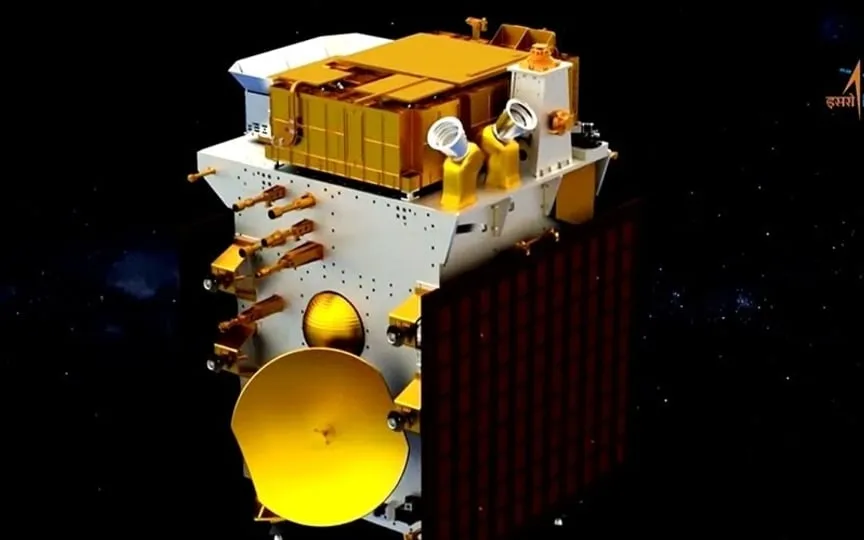PAPA detects coronal mass ejections, marking a milestone for ISRO’s Aditya-L1 mission
India’s first solar mission, Aditya-L1, has reached a major achievement with its advanced sensors on board the spacecraft detecting coronal mass ejections (CMEs). The Plasma Analyser Package for Aditya (PAPA), developed by the Indian Space Research Organisation (ISRO), was instrumental in capturing these important observations.
PAPA is an energy and mass analyzer designed for in situ measurements of solar wind electrons and ions in the low energy region. With two sensors – the Solar Wind Electron Energy Sensor (SWEEP) and the Solar Wind Ion Composition Analyzer (SWICAR) – PAPA can measure electrons and ions in specific energy ranges and even determine the direction of arrival of solar wind particles.
According to ISRO statements, data collected by PAPA revealed significant CME events, particularly on 15 December 2023 and 10-11 February 2024. The observations showed a sudden increase in the total number of electrons and ions during the December event, which is in line with measurements from other satellites. In contrast, the variations observed during February indicated several minor events in which electrons and ions varied in time.
ISRO highlighted that PAPA-Aditya-L1’s SWEEP and SWICAR sensors are operating optimally and continuously monitor solar wind particles in default mode. These findings highlight the payload’s effectiveness in monitoring space weather conditions and analyzing solar phenomena.
Aditya-L1, launched on September 2 by the PSLV-C57 rocket, has been placed in a halo orbit around Lagrange point 1 (L1), 1.5 million kilometers from Earth in the direction of the Sun. With its strategic placement, Aditya-L1 can continuously observe the sun and provide valuable information about the sun’s activity.
Aditya-L1 will carry seven payloads aimed at studying different aspects of the Sun, including observing sunlight and measuring plasma and magnetic fields in situ. PAPA’s successful detection of CME effects highlights India’s growing capability in space exploration and its contribution to understanding solar dynamics, which is essential for predicting and mitigating space weather effects on Earth.




